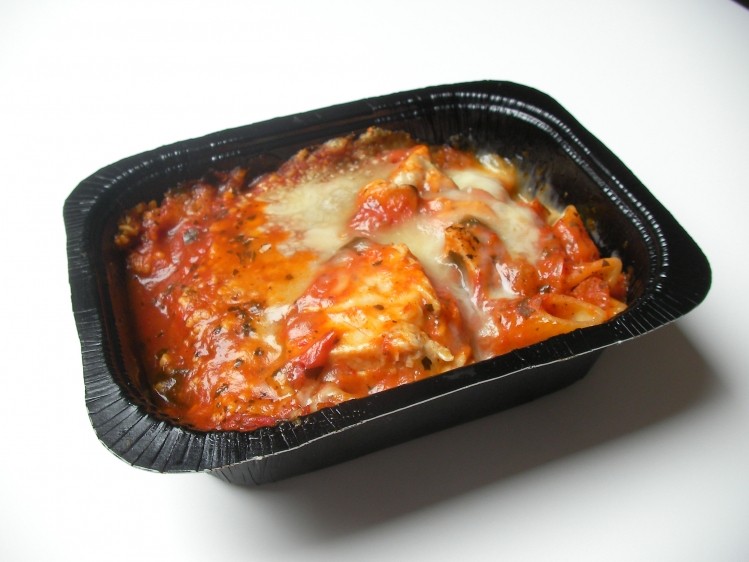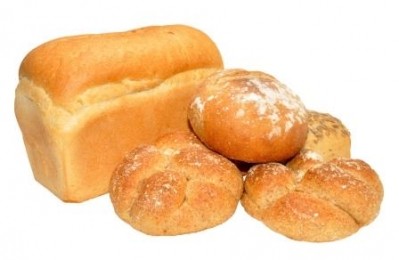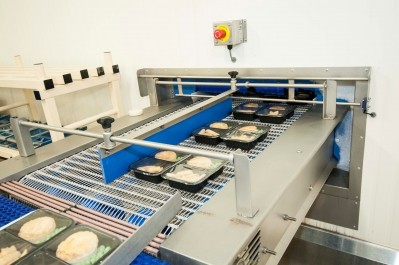Chilled for longer: efforts to extend shelf-life

Britain is ahead of many other EU nations as far as its chilled food chain is concerned. But, because we are talking about short shelf-life foods, the need to make the supply chain even slicker and drive out inefficiencies are crucial, given the vulnerability of products to spoilage.
Against this background, shelf-life extension is a key goal and something the Sustainable Shelf-Life Extension (SUSSLE) project has been all about.
The first phase of the £750,000 three-year SUSSLE project, partly funded by the Chilled Food Association (CFA) and which brought together academics and industry, was completed three years ago. It was followed up by a second phase £532,000 project, SUSSLE 2.
Many of the findings from the SUSSLE projects will remain commercially confidential until January 2018. But some aspects did emerge at Food Manufacture Group’s one-day food safety conference held at the Lowry in Manchester on September 29.
These were revealed during a presentation by the Institute of Food Research’s (IFR’s) research leader Dr Gary Barker, who worked on SUSSLE.
SUSSLE’s aim has been to investigate the effects of heat processing on spore-forming pathogens, specifically non-proteolytic Clostridium botulinum. The goal has been to define a milder heat process than is currently recommended (70–90°C), ensuring a safe shelf-life for prepared chilled foods while reducing energy use.
Risk modelling
Barker spoke about using the ComBase risk modelling approaches developed by IFR for determining safety throughout product shelf-life.
It’s all about identifying the inflection point that occurs when plotting hazard probability risk against time, when safe foods start becoming unsafe. The problem is in identifying precisely where the inflection point is and that, said Barker, is “quite controversial”.
ComBase allows complex sensitivity analysis to be carried out, which involves changing different variables, said Barker.
“It is possible to do this using informatic techniques,” he added. Using this approach, provides decision makers with greater confidence in the so called “zone of potential” period before products spoil. By successful application, it can add an extra 10h during the food preparation stage, he reported.
Barker spoke after Chris Wells, director of scientific and technical services at Leatherhead Research, gave a presentation on systems for accurately measuring and extending food shelf-life.
Wells referred to new process and packaging technologies emerging for exploiting the “zone of potential” before products spoil.
“We could control the process to reduce the risk and reduce the contamination and therefore extend the shelf-life,” said Wells.
“We could use different packaging materials to have an impact on the product and change its shelf-life. And we could look at our storage and distribution environment and look to control that.”
However, Wells focused on the potential for changing definitive ‘use-by’ or ‘best-before’ dates used on products. He argued that these prematurely consigned many products that were still safe to eat to the waste bin. It contributes to around 20% of domestic waste, he claimed.
Bespoke ‘use-by’ dates
“The big potential I see out of this is to move away from products having one ‘use-by’ date to a packaging telling the consumer the food is still safe to eat bespoke use-by dates,” said Wells.
He described techniques already on the market and some still “on the drawing board” which provide this capability. Products currently on the market fall into two categories: those that interact with products and those that sit around the product and provide extra information.
They include radio frequency identification, time temperature indicators and other smart sensors, which can, for example, identify leaks in modified atmosphere packs.
“I see a future where we don’t have a universal use-by date on every single pack. I see a day in the very near future where every single pack has its own unique use-by date which is calculated by what is actually happening in that pack,” said Wells.
“That means we have moved out of the zone of security into the zone of potential and our wastage will go down significantly. Nevertheless, the safety and quality of the food will be guaranteed for the consumers.”
















